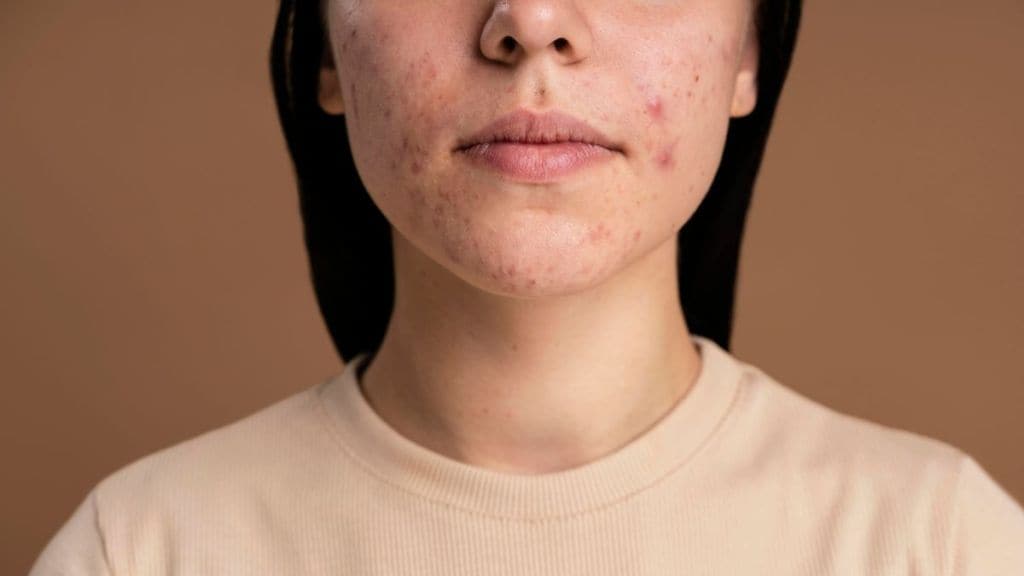Monsoon arrived early this year, with heavy showers starting by the end of May instead of the usual late June. Several states, including Hyderabad, Pune, Uttarakhand, Karnataka, and Delhi, have been hit hard, while the IMD has issued a red alert for Mumbai. The excessive rains have led to waterlogging and flood-like conditions in many cities, but doctors warn there’s another concern, which is the rising skin problems due to excessive rainfall.
Dermatologists are warning that the monsoon season not only raises the risk of mosquito-borne illnesses like dengue, malaria, and chikungunya but also triggers fungal acne cases.
“The rainy season is when we see a clear jump in fungal acne. Humidity and damp clothes create the perfect environment for fungal organisms to thrive on the skin,” said Dr. Aparna Santhanam, Head Dermatologist and VP, Kaya Clinics.
Why fungal acne worsens in monsoon
Unlike regular bacterial acne, fungal acne is caused by yeast (Malassezia) that naturally lives on our skin. The constant dampness, sweaty clothes, and wet weather trap moisture against the body, allowing yeast to multiply and trigger such skin problems.
“Many people mistake fungal acne for regular acne, but it looks a little different. It usually appears as small, itchy bumps, often on the forehead, chest, and back. Regular acne creams don’t help because the root cause is fungal, not bacterial,” Dr. Santhanam explained. Tight clothing, synthetic fabrics, and heavy, oily creams can make things worse by trapping sweat and clogging pores.
How to prevent fungal acne in the rains
1. Keep skin dry and clean
Dr. Santhanam recommends washing your face twice a day with a gentle cleanser and patting the skin dry, especially after sweating or getting drenched in the rain. “Extra care should be given to sweat-prone areas like the chest, back, and forehead, as these are most vulnerable to fungal acne during the monsoon,” she said.
2. Choose breathable fabrics
She further advised wearing loose cotton clothes during the monsoon to let the skin breathe and prevent sweat from getting trapped. It’s equally important to change out of damp clothes and wet shoes quickly to stop fungal growth.
3. Avoid heavy, oily products
Dr. Santhanam recommends sticking to lightweight, oil-free moisturisers and sunscreens during the monsoon. Thick creams should be avoided, as they can trap moisture and make fungal acne worse.
4. Add antifungal care
You can use an antifungal shampoo as a body wash once or twice a week to control yeast growth. Over-the-counter creams containing ketoconazole or selenium sulfide can also be helpful.
5. Maintain hygiene
During heavy rains, it’s important to shower daily, avoid sharing towels, and keep your home well-ventilated. Make sure to sun-dry clothes, bedding, and shoes to prevent hidden fungal growth.
6. Watch your diet
A balanced diet can also help keep fungal acne in check. Dr. Santhanam advises to eat plenty of fresh fruits, vegetables, and whole grains, while cutting down on sugar and processed foods as that may worsen flare-ups.
When to see a doctor?
If breakouts don’t clear up with home remedies, it’s important to see a dermatologist. Fungal acne often looks like bacterial acne, but the treatments are very different. In some cases, prescription antifungal creams or tablets may be needed.
Dr. Santhanam added that if both bacterial and fungal acne exist together, doctors may combine antifungal medicines with a mild antibiotic cream.
Advanced treatments for stubborn acne cases
Fungal acne may be common in the monsoon, but it doesn’t have to ruin your skin. For people struggling with recurrent or severe fungal acne, dermatologists are now recommending laser technology if required.
“Laser treatments are safe, effective, and virtually painless. Patients can resume work right after a session, and results can be long-lasting, if fungal acne does not subside” Dr. Santhanam said. These treatments work well even in humid climates and are safe for sensitive or darker skin.


